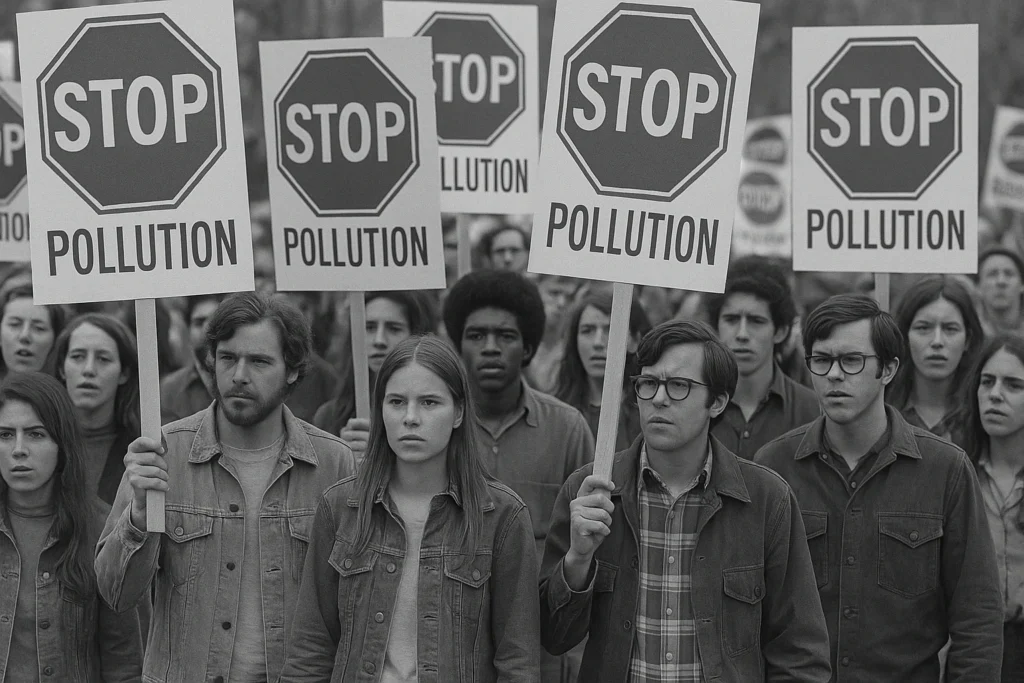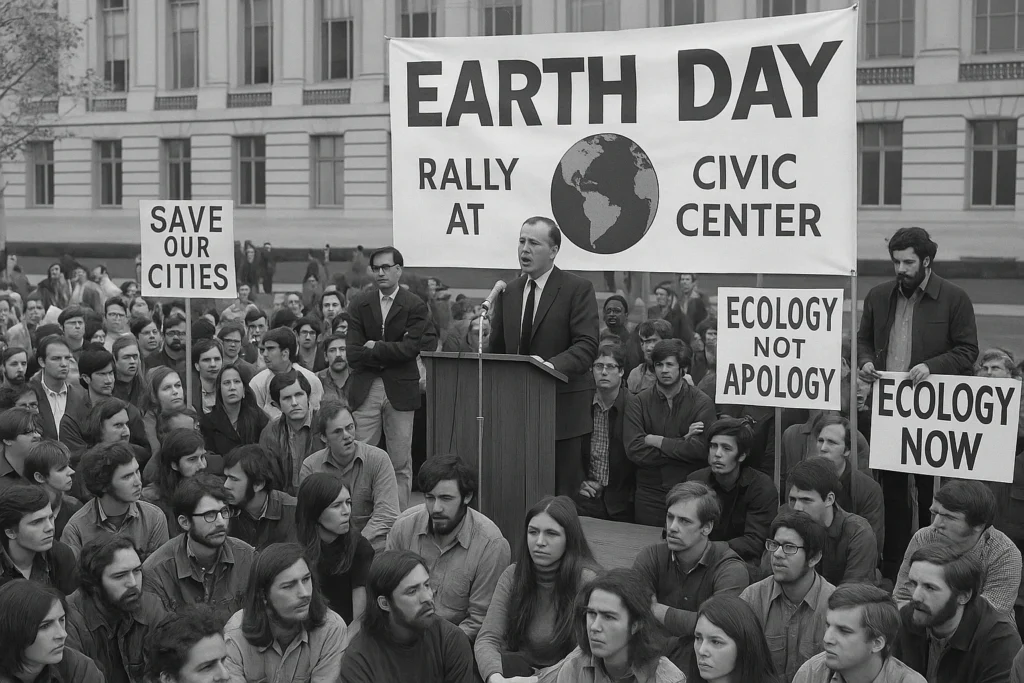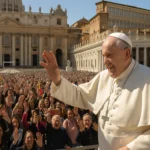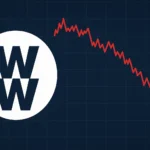Did you know that 20 million Americans—including 100,000 Chicagoans—participated in the first Earth Day on April 22, 1970? One of the largest gatherings took place at Chicago’s Civic Center (now Daley Plaza), where activists, students, and politicians demanded action on pollution, clean water, and environmental justice.
This article dives into Chicago’s role in Earth Day history, the key figures who shaped the event, and how its legacy still impacts the city today.
Key Takeaways
✔ April 22, 1970: Chicago joined the first Earth Day with a massive rally at Civic Center.
✔ 100,000+ attendees heard speeches on pollution, industrial waste, and conservation.
✔ Led by activists, scientists, and politicians, including Mayor Richard J. Daley.
✔ Sparked local environmental laws and inspired future Chicago green initiatives.
✔ Earth Day is now a global event, celebrated by over 1 billion people yearly.
The Birth of Earth Day and Chicago’s Role
1. Why Was Earth Day Created?
- Founded by Senator Gaylord Nelson (WI) after witnessing the 1969 Santa Barbara oil spill.
- Goal: Force environmental issues into national politics.
- April 22 was chosen as it fell between spring break and final exams, maximizing student turnout.
2. Chicago’s Earth Day Rally: A Turning Point
The Civic Center rally was one of the largest in the nation, featuring:
- Speeches by scientists, activists, and politicians.
- Teach-ins on pollution and public health.
- Protests against industrial polluters, including Chicago’s steel mills.
“We’re not just fighting for clean air—we’re fighting for our future.” — Rally attendee, 1970

Who Organized Chicago’s Earth Day?
1. Key Figures Behind the Event
| Name | Role |
|---|---|
| Mayor Richard J. Daley | Officially endorsed the rally |
| Barry Commoner | Biologist who warned about pollution |
| Clergy & Laymen Concerned | Religious groups advocating for eco-justice |
| Student Activists | Led protests against corporate polluters |
2. The Role of Local Universities
- University of Chicago & Northwestern hosted teach-ins.
- DePaul & Loyola students organized clean-up marches.
What Happened at the Rally?
1. Major Moments
- March from Grant Park to Civic Center.
- “Die-In” Protest: Activists lay on the ground to symbolize death from pollution.
- Demands for the Clean Air Act (passed later in 1970).
2. Controversies & Pushback
- Some businesses called it “anti-industry.”
- Mayor Daley supported it but avoided radical demands.
Earth Day’s Impact on Chicago
1. Immediate Changes (1970s)
- Stricter pollution laws for factories.
- Creation of the EPA (December 1970).
- Lake Michigan cleanup efforts.
2. Lasting Legacy
- Chicago Riverwalk revitalization.
- City’s Climate Action Plan (2008).
- Annual Earth Day Chicago events (now at Millennium Park).
Earth Day Today: How Chicago Celebrates
1. Modern Festivals & Activities
- Earth Day Chicago (April) – Music, workshops, green vendors.
- Park cleanups (Forest Preserves, Montrose Beach).
- Climate strikes led by youth activists.

2. Chicago’s Environmental Leadership
- Ranked #1 in U.S. for LEED-certified buildings.
- Goal: 100% renewable energy by 2035.
Conclusion
The 1970 Earth Day rally at Civic Center was a watershed moment for Chicago’s environmental movement. What started as a protest became a global force for change—proving that grassroots action can shape policy.
As we celebrate Earth Day today, Chicago’s legacy reminds us: The fight for a greener future isn’t new—it’s in our DNA.
FAQs About Chicago’s First Earth Day
1. How many people attended Chicago’s 1970 Earth Day?
Estimates range from 50,000 to 100,000.
2. Did Mayor Daley support Earth Day?
Yes, but cautiously—he avoided anti-business rhetoric.
3. What laws came after Earth Day 1970?
- Clean Air Act (1970)
- Clean Water Act (1972)
- EPA creation (1970)
4. Where is Earth Day celebrated in Chicago now?
Mainly Millennium Park & neighborhood events.
🎥 YouTube Videos:
External Links for Further Reading
- Earth Day Network – Official History
- Chicago’s Climate Action Plan
- 1970 Earth Day Coverage – Chicago Tribune
This article blends historical depth with modern relevance, perfect for readers curious about Chicago’s green roots. Let me know if you’d like any refinements!



